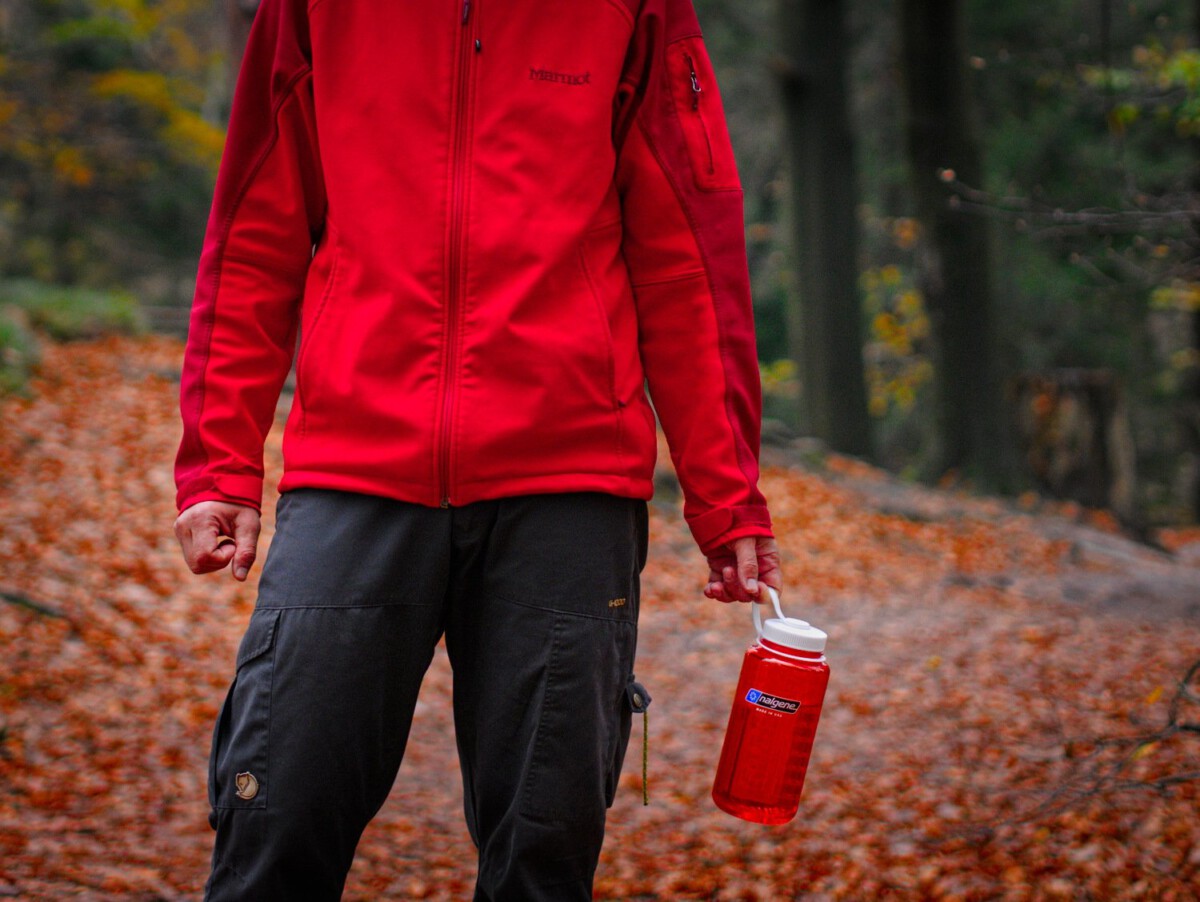Choose Eco-Friendly Accommodations

Eco-friendly accommodations are becoming a popular choice for travelers who care about the planet but still want a comfortable stay. Many hotels now have certifications like LEED or Green Key, showing their dedication to sustainability. A 2024 Booking.com survey found that 70% of travelers prefer booking properties with sustainable practices, showing demand is stronger than ever. These hotels often use energy-efficient lighting and appliances, water-saving bathroom fixtures, and even solar power. Some provide organic bedding, natural toiletries, and healthy, locally sourced food. Staying at such places not only feels good, but it also supports businesses that are making a real difference. Many eco-hotels offer spa services, rooftop gardens, and beautiful designs, so you don’t miss out on luxury or relaxation. By choosing these accommodations, your trip can be as comfortable as ever while still being kind to the environment.
Use Sustainable Transportation

How you get around on your trip can have a big impact on the planet. The International Energy Agency reports that public transportation can reduce greenhouse gas emissions by up to 45% compared to driving your own car. Taking trains, subways, or buses is often more relaxing than navigating traffic, and it allows you to see more of a city’s daily life. Many cities now offer electric scooters or bikes, letting you zip around without polluting the air. If you need a car, consider renting a hybrid or electric vehicle, which more rental agencies are offering as demand grows. Some places even have car-sharing programs with electric vehicles to make it easy. Walking is the greenest option of all and lets you explore neighborhoods up close. Choosing these options means you can travel comfortably and conveniently while also helping to protect the environment.
Pack Light and Smart

Packing light is one of the simplest ways to reduce your travel footprint, and it makes your trip easier too. The Global Sustainable Tourism Council found that lighter luggage can cut carbon emissions by up to 20%. Airlines use more fuel to carry heavier bags, so every kilogram counts. Pack versatile clothing you can mix and match, and use packing cubes to keep things organized. Bring reusable items like a water bottle, coffee cup, and shopping bag to avoid single-use plastics. Travel-size toiletries in refillable bottles save space and reduce waste. Packing smart means you’ll have what you need without lugging around unnecessary items. This approach keeps you comfortable and organized while also helping the planet.
Support Local Businesses

Supporting local businesses when you travel is a win-win for you and the community. The World Travel & Tourism Council states that every dollar spent at a local business generates $1.76 for the local economy. Eating at neighborhood restaurants and buying handmade goods at local markets gives you a more authentic experience. Many small businesses also use sustainable practices, such as sourcing ingredients nearby or using recycled materials. Joining tours run by locals means your money stays in the community and helps preserve cultural traditions. You’ll often find unique products and experiences that you can’t get from big chains. Shopping local not only feels good, it often delivers higher quality and friendlier service. Your travel comfort doesn’t need to be sacrificed—if anything, it’s enhanced by the personal touch.
Minimize Waste

Travel can generate a lot of waste, but with a few changes, you can keep it to a minimum. The United Nations reports that around 300 million tons of plastic are produced each year, much of it ending up in oceans and landfills. Bring a reusable water bottle and coffee cup to avoid single-use containers. Many hotels now offer filtered water stations, making refills easy. Use digital tickets and itineraries to cut down on paper waste. Be mindful of food portions when dining out, and ask for containers to take leftovers if you can’t finish your meal. Some restaurants are switching to compostable packaging or offering discounts for bringing your own containers. These small steps help keep your impact low while still letting you enjoy delicious meals and drinks on the go.
Participate in Eco-Tourism Activities

Eco-tourism is all about enjoying nature and culture without harming them. The Adventure Travel Trade Association says eco-tourism is growing by about 25% each year, showing that more travelers want meaningful experiences. Look for tours that support wildlife conservation or teach you about local traditions. Examples include guided nature walks, ethical animal encounters, and volunteer opportunities. Many of these activities offer expert guides who share fascinating stories and help you see things you might miss on your own. Often, your participation helps fund local conservation projects or community development. These experiences can be just as exciting and comfortable as traditional tours, but with the added bonus of doing good. Choosing eco-tourism lets you see the world in a new, responsible way.
Offset Your Carbon Footprint

Even with the best intentions, travel can produce carbon emissions. The Carbon Trust explains that offsetting your footprint means supporting projects that reduce greenhouse gases elsewhere, like planting trees or investing in renewable energy. Many airlines and travel companies now let you add a carbon offset when booking flights or hotels. It’s a small extra cost that can make a big difference if enough people participate. You can also find organizations online that calculate your trip’s carbon output and suggest ways to balance it. Some travelers choose to support reforestation efforts, while others back wind or solar power projects. Offsetting doesn’t erase your impact, but it helps neutralize it. Taking this step is easy, responsible, and lets you travel with a lighter conscience.
Educate Yourself and Others

Learning about your destination’s culture and environmental challenges can make your trip more meaningful. The Travel Foundation found that 87% of travelers feel their experiences are richer when they understand local customs. Take time to read about the history, wildlife, and sustainability efforts before you go. When you arrive, talk to locals and ask questions about what you can do to help. Share what you learn with friends or on social media, inspiring others to travel thoughtfully. Many communities appreciate visitors who respect their way of life and the natural environment. By spreading awareness, you help make sustainable travel the norm, not the exception. It’s a simple way to make your journey even more rewarding.
Choose Off-Peak Travel Times

Traveling outside of busy seasons can make your trip more enjoyable and sustainable. The World Tourism Organization notes that off-peak travel reduces pressure on local resources and can lead to lower prices and less crowded attractions. When there are fewer visitors, destinations have more time to recover and maintain their beauty. You’ll find it easier to book the best hotels and tours, often at a discount. Restaurants and sites are less crowded, so you can relax and enjoy yourself. Locals may have more time to interact, giving you a deeper look into their culture. By choosing off-peak times, you help avoid the negative effects of over-tourism. It’s a comfortable and considerate way to explore the world.
Advocate for Sustainable Practices

As a traveler, your voice can inspire change. The Global Sustainable Tourism Council highlights that travelers who share their positive experiences with sustainable travel influence others to make better choices. Write reviews for eco-friendly hotels and tours, and mention what you liked about their green initiatives. Use social media to showcase your sustainable travel tips and favorite local spots. Give feedback to hotels and restaurants about what they could do better, such as reducing plastic or offering plant-based menu options. Some travelers even email companies to ask about their sustainability policies before booking. The more people advocate for green practices, the more businesses are encouraged to improve. Your actions can help shift the industry toward a more sustainable future.






